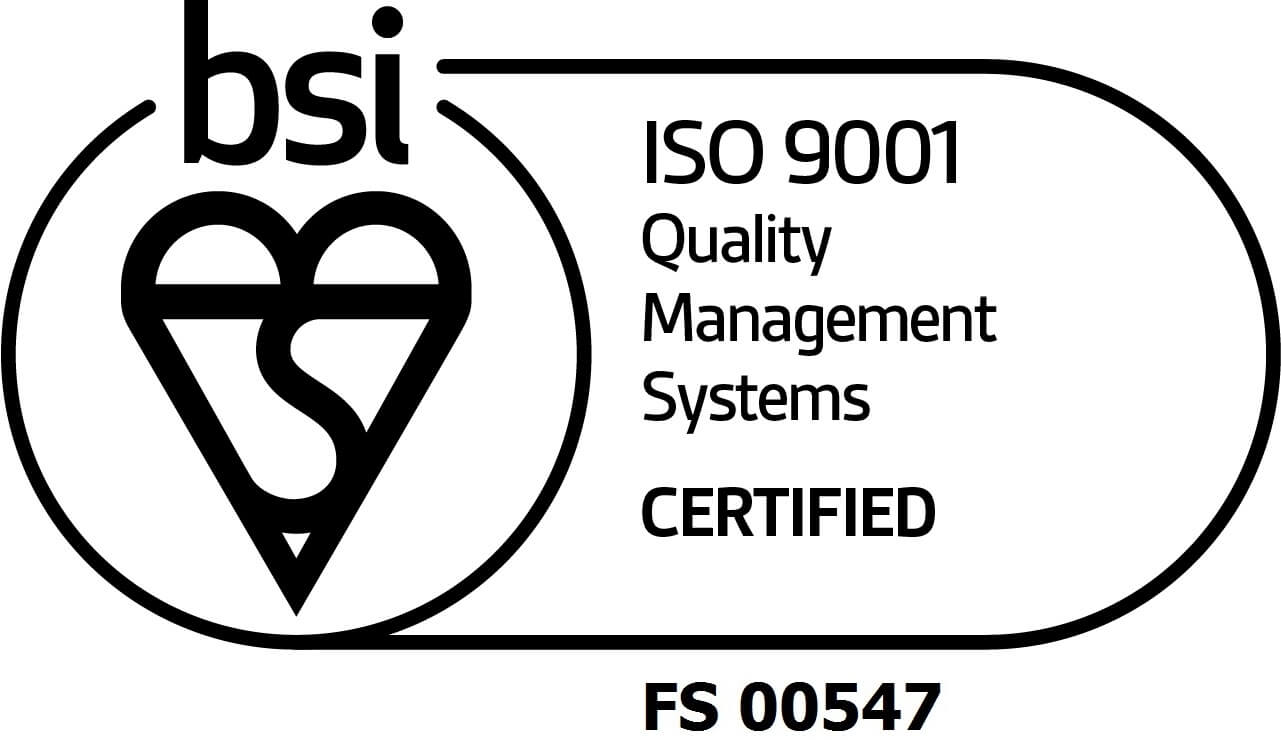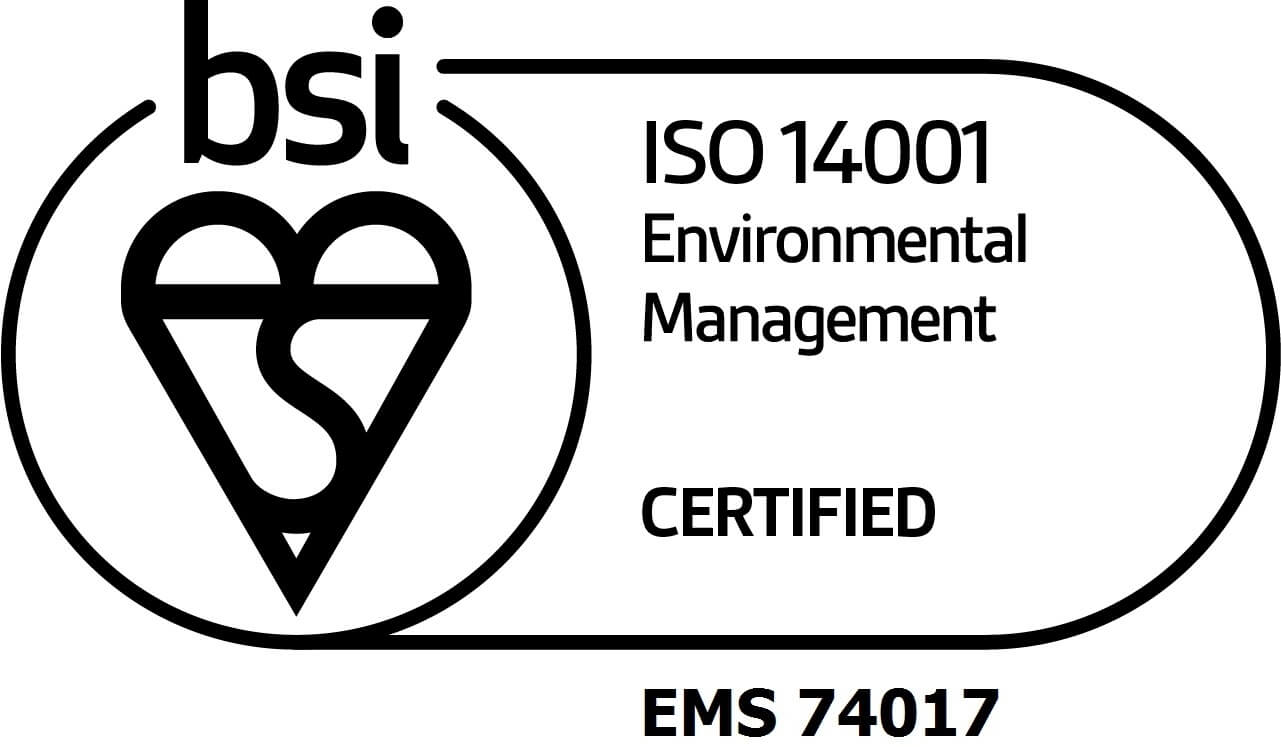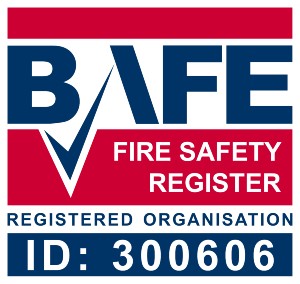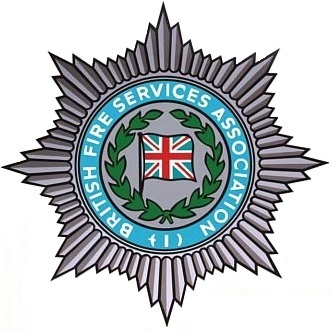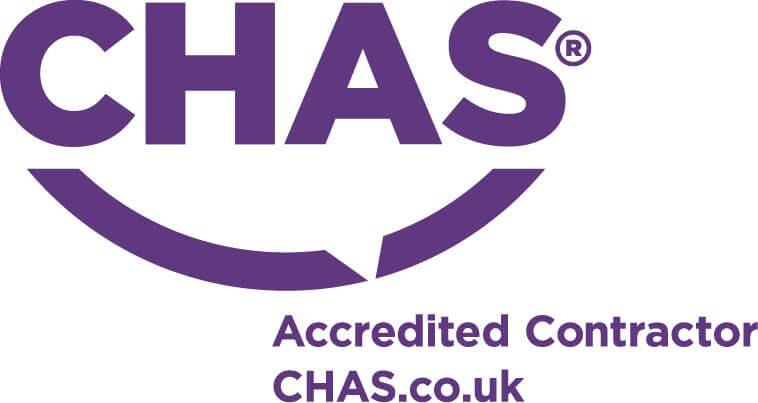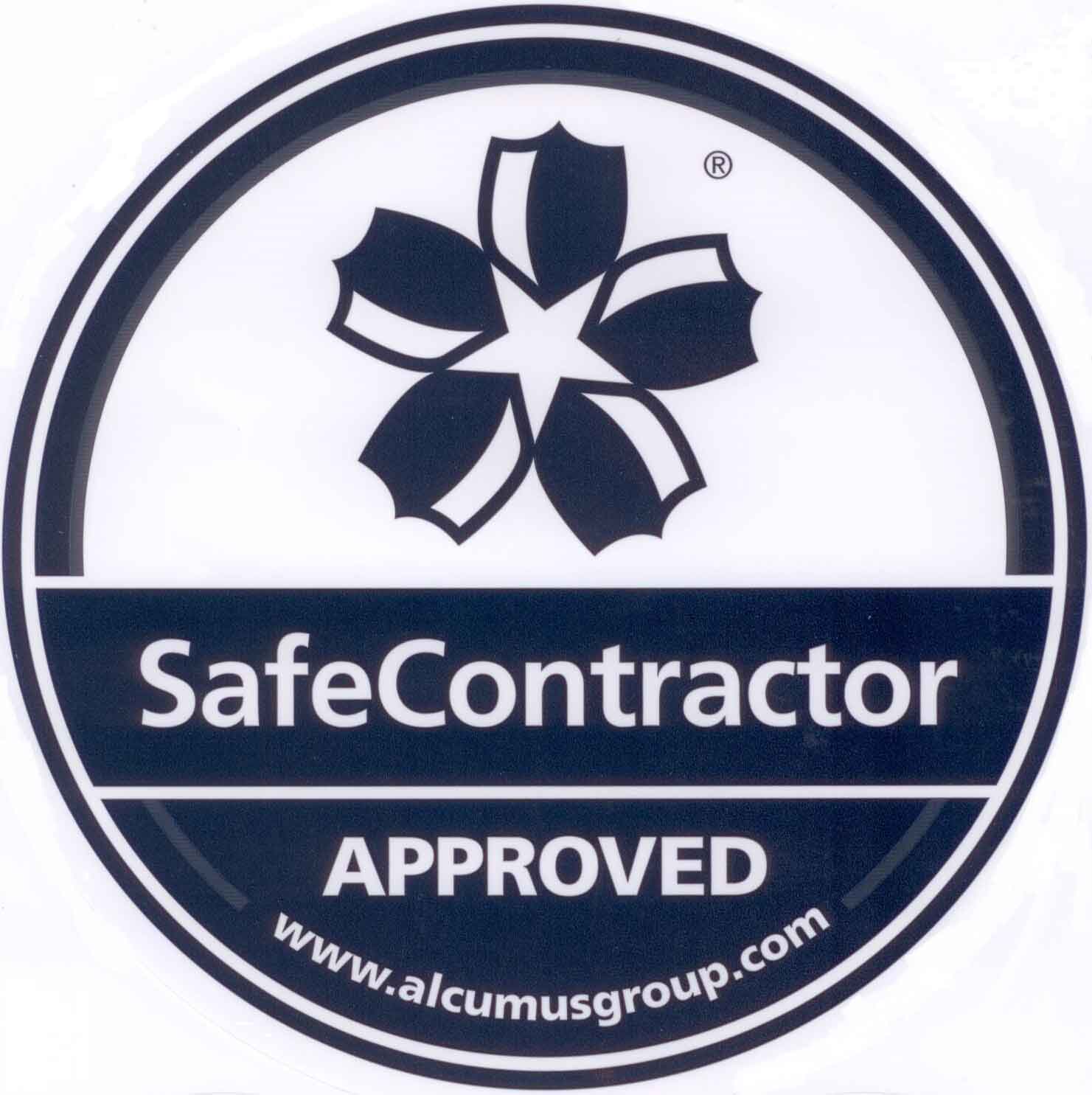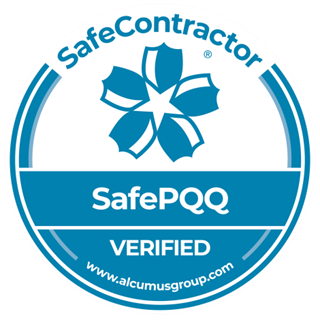PAT Testing Explained: What Needs Testing?
PAT testing stands for ‘Portable Appliance Testing’ and helps every business using electrical equipment of any kind to reduce the risk of faults and thereby lower the chances of a fire (you can read more about the basics of PAT testing here).
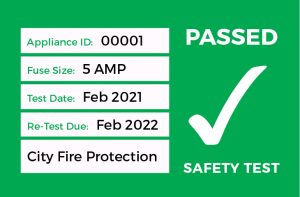
Faulty electricals are known to be one of the more common causes of non-dwelling fires in the UK, so it’s important that you know what needs to be tested in your business.
While there’s no specific law dictating PAT testing should be carried out, there are several regulations that cover the need for your premises to meet safety laws – including the Electricity at Work Regulations 1989.

What needs to be PAT Tested?
An item in need of testing isn’t just anything portable though. Items that need testing – and what kind of testing they need – are determined by the three different classes and seven categories.
Class 1 means it needs to be fully PAT tested, Class 2 means it needs a PAT insulation test, while Class 3 means it doesn’t need to be tested (though charging cables may need to be). The categories of items are as follows:
– Fixed appliances
– Stationary appliances
– IT appliances
– Moveable appliances
– Portable appliances
– Cables and chargers
– Handheld appliances
To help you protect your staff, comply with the government regulations as a business and understand which items in your business need to be tested, we’ve got a list of common items found in different sectors that may require testing.
Need a qualified fire safety expert to PAT Test all your electrical appliances? Give City Fire Protection a call on [ld_default] today!
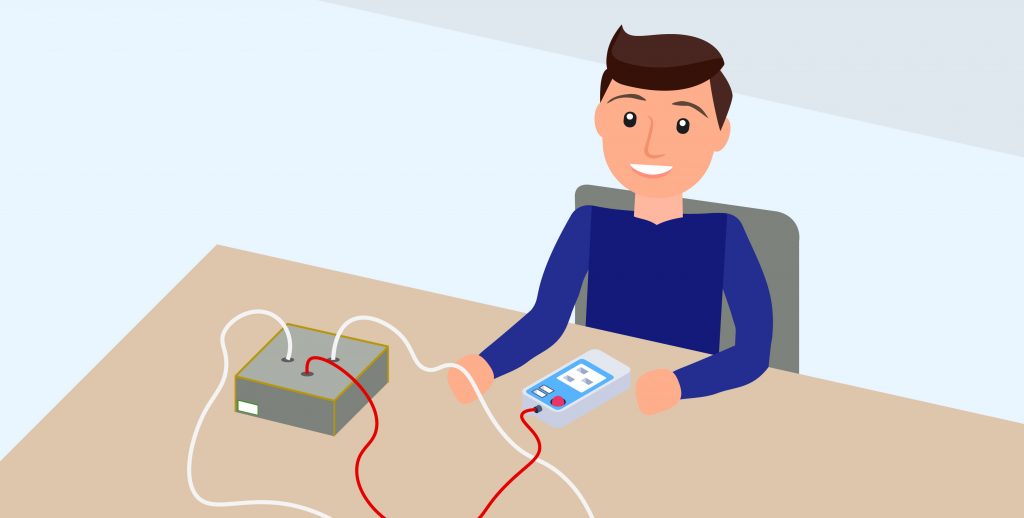
Construction Sites
There are a lot of manual tools and materials on a construction site but also plenty of handheld items, too. These should all ideally have regular testing to ensure their integrity. Here are some common construction site items requiring PAT testing:
– Power tools (e.g. cutting and drilling)
– Power cables
– Charging systems
– Site kitchen appliances
– Fridges
– Ovens
– Heaters
– Lighting
We work with construction sites to ensure fire safety, see more about our construction site fire safety services here.
Offices
Office spaces are commonly filled with all sorts of electrical items and appliances. It can be a varied and eclectic mix depending on the industry and the personality of the business, but here are some common items in offices to have PAT testing carried out on:
– Computers (Including towers and monitors)
– Laptop cables
– Photocopiers
– Floor standing printers
– Electric heaters
– Kettles
– Extension leads
– Microwaves
– Toasters
– Fridges
Our fire safety experts can help make your office fire safe, with everything from fire extinguishers to risk assessments.
Healthcare Facilities
Different facilities will have different appliances, with a wide range or more complex equipment and often busy environments. The following are just a few items to consider for hospital or care home PAT testing:
– Computers and monitors
– Televisions
– Defibrillators
– Electric beds and chairs
– Heart rate monitors
– Electric scales
– Pumps
– Hoists
For staff, patients and the general public, fire safety is one of many priorities for hospitals and medical facilities. A risk assessment can help identify any potential fire safety risks.
Warehouses
While warehouses might be used predominantly for storage, and their uses may differ, electric equipment is usually always present and should be PAT tested to reduce the risk of faults that could create a fire. The following are a few examples of common items in warehouses ripe for PAT testing:
– Telephones
– Floor standing printers
– Portable tools
– Charging cables
– Extension leads
Warehouses and factories should have fire safety as a main focus, especially if you are working with large machinery and equipment.
Schools
While there may not be as much specialist equipment as an office, schools do still contain plenty of electrical equipment and devices, with accidental damage to such things more likely due to the high numbers of young children using them every day. See the following list of examples of common items in a school that may require PAT testing:
– Televisions
– Computers and monitors
– Extension leads
– Photocopiers
– Floor standing printers
– Crating appliances
– Glue guns
– Sewing machines
– Kitchen appliances
– Fridges
– Ovens
– Heaters
Having a working fire alarm and fire doors is key to prevent the spread of fire, most importantly in a school or educational facility.
This is by no means an extensive list of items that require PAT testing, and for more information on how often you should have PAT testing conducted on your electrical items, please see our previous post for details. If you’re unsure about whether your business requires PAT testing, or if you’d like to arrange for PAT testing at your premises, simply contact our team today.
We have a team of assessors who can provide PAT testing wherever you are in London and Birmingham.
Call us on [ld_default] or send us a message with our contact form.



